Design is a balance between function and looks. It won’t work if you focus too much on one and ignore the other.
But if it involves both art and science, then surely design must be skill that only very few are capable of?
The truth is, anyone can do design, and the secret is just having a bit of confidence.
Don’t be intimidated by all the stuff you think you don’t know.
Instead think of design in whichever way best suits you; your personality and your skill set.
If you’re a free spirit, then it’s about exploration. Get creative and have fun.
And if you live by logic then apply that. What’s the simplest, most practical solution?
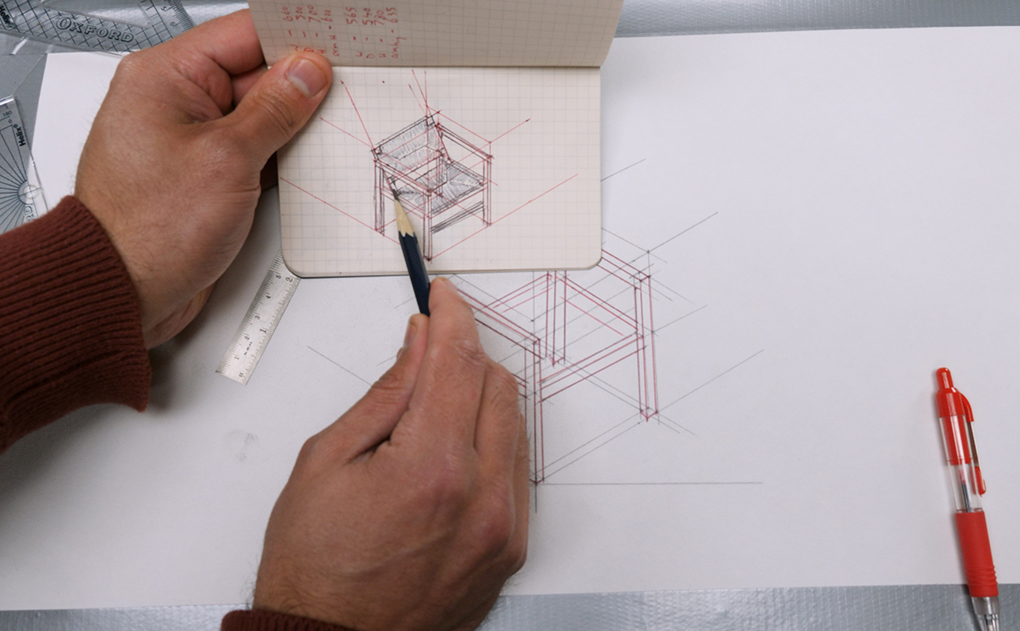
The best designs almost certainly start with at least a handful of bad ideas.
So to get to a good one, you can’t be scared of coming up with something naff.
The first move is often daring to be ridiculed.
Sometimes just drawing the first line can feel like asking yourself to jump of a cliff. In that case, you need to push yourself to a start, and get scribbling ideas. They don’t need to be good, this process is for you alone and no one has to see them.
If you feel like you can’t draw at all then doodling is still the best place to start. You’ll get better for doing it, and more importantly you’ll realise that we’re not trying to create a masterpiece.
The value of quick sketches is to let your thoughts flow, and to keep a record of any problems, potential solutions and inspiration that crops up along the way.
If you’re not the creative sort, then move on to the functional thoughts quickly.
Furniture design is bound by many practical considerations. We have to choose dimensions that are ergonomic and fit in with existing conventions.
To help sketch things with a bit of accuracy, I like to draw out guidelines to scale.
In our new Chair Series, Richard went through the process of isometric drawing, and this is an incredibly accessible way to draw out your ideas.
It’s simple, so you don’t need to be overly technical, and those guidelines take away the fear of having to get artsy .
If you draw some outer dimensions as a cube then lay tracing paper on top, you can start sketching over with different variations and ideas.
We received a great point within an email about the importance of showing your sketches to others.
I know I said no one had to see them, but if you try this with someone you trust it can be very valuable, because when we look at something for too long ourselves, it becomes difficult to judge.
Be mindful that you’re looking for input rather than praise, but you don’t have to dismiss an idea simply on someone else’s opinion. Perhaps it just needs a few tweaks.
But then, don’t be afraid to admit to a bad idea either.
In fact this is the reason it’s better to do scribbly doodles, and screwed together prototypes, rather than creating masterpieces.
Once you invest too much time in to an idea, it becomes very hard to let go of it, even if everything is telling you you should.
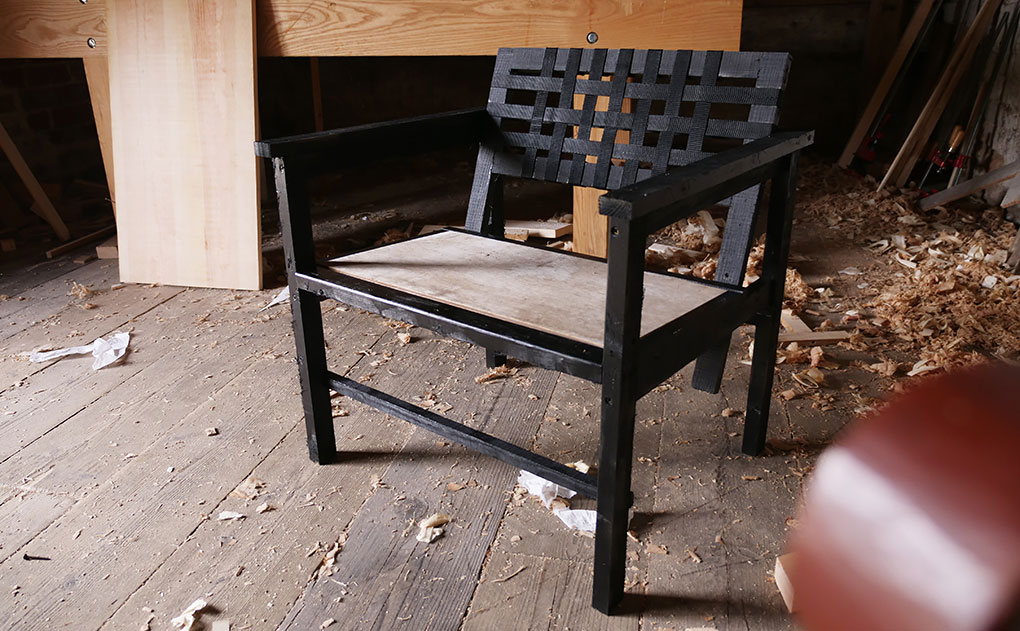
The Mk 1 Chair prototype. Some sticks screwed together & spray painted black, alongside some experimental weaving (ratchet strap). Learn about the Series Here
How Do You Know If Your Design Looks Good?
This will always be subjective but if nine out of ten people dislike it, it might be time to reconsider.
The best way to make the call for yourself, is to look at it with fresh eyes.
Take a break, and avoid it for as long as possible.
Or try looking at it through a mirror.
If you’re at the prototyping stage, then another good technique is to paint the whole thing in a flat colour.
We’ve done this today with our chair prototype.It takes away any distracting knots and screw holes, and let you see the form without the familiarity that stops you from being able to judge.
You can see from the photo that we’re now well on our way with our own chair design and the prototype is all but there.
Richard’s currently doing a bit of fettling and playing with some weave patterns, then we’re going to spend the weekend with it. We want to be certain of the comfort and gather a few opinions.
Another video has been added today so login here if you’ve yet to watch that.
We’ll be filming some extra chats to further discuss the design decisions and go through your suggestions. Then next week we’ll be getting ready to crack on with the main build!
Thank you to everyone who’s joined us at this early stage with this series, we’ve been blown away by your support! We truly appreciate it, thank you.
And if you’re not sure what I’m talking about, then it’s a new video series where we’re designing and building a chair, you can find the details here.

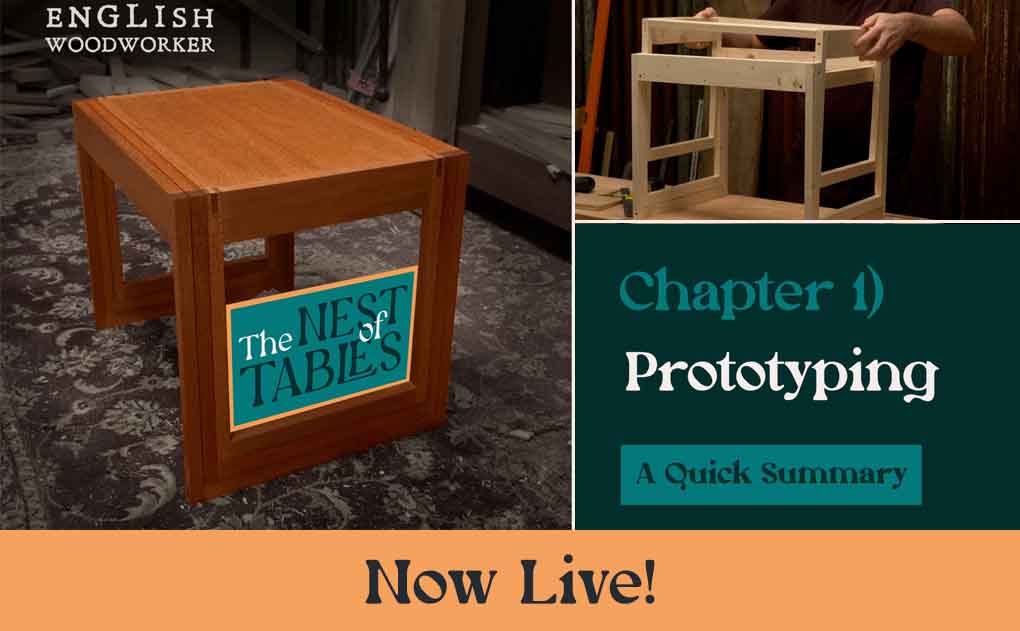
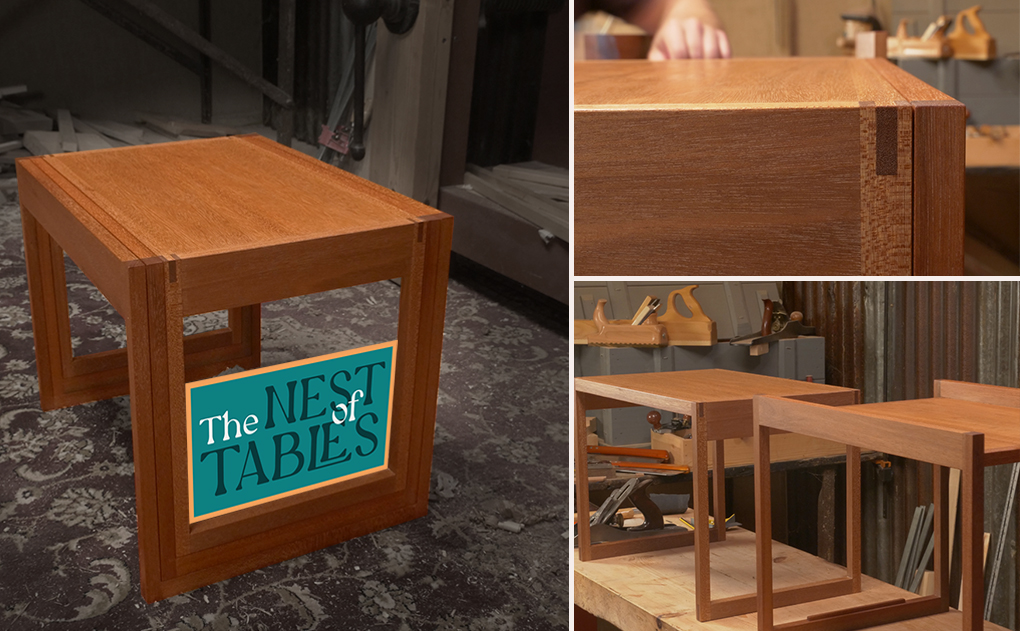
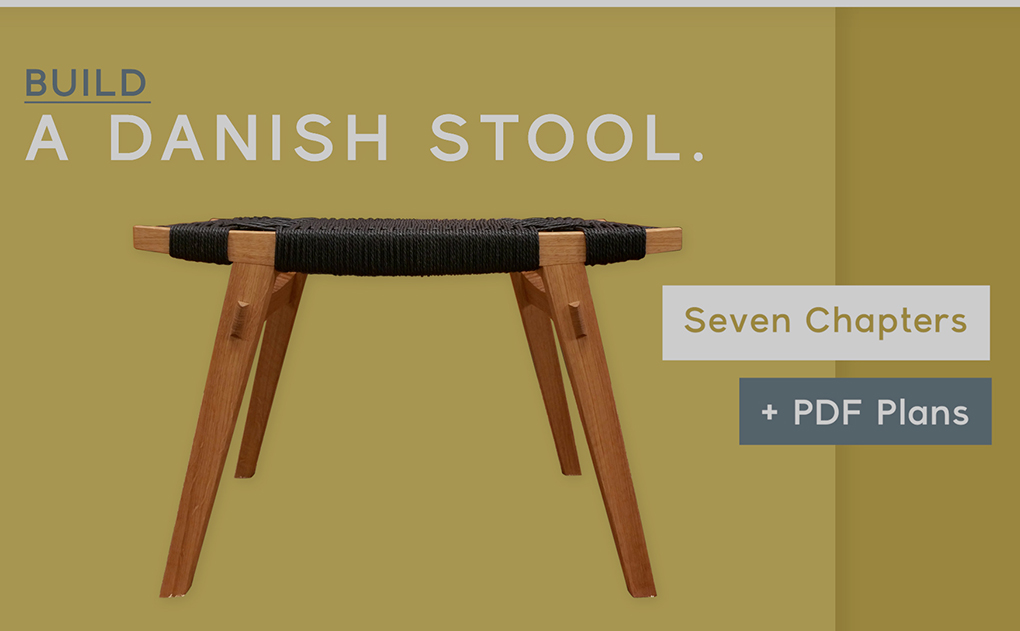
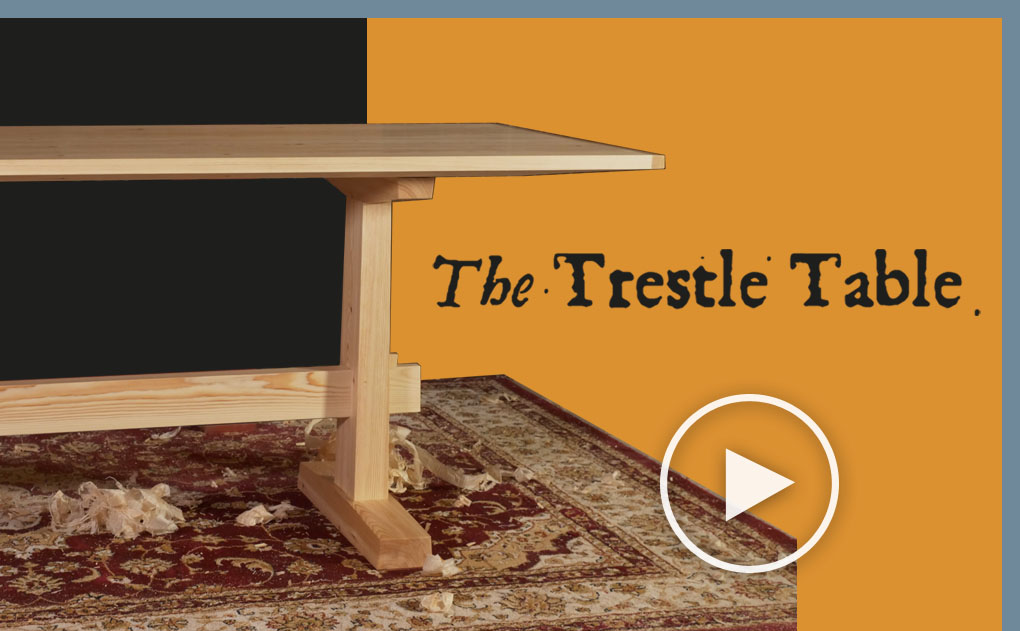
Hi Helen and Richard,
Just watched the video on the introduction to the chair and what i’ve Always loved about Richard is it’s woodeork and furniture making with a snarl…… none of your super happy smiley chocolate box videos, it’s more the real thing….. more like an argument over a pint at the pub with sausage and mash.
Keep it up, it’s real and great to watch.
“ considered to be a bit of a twat” … bloody fantastic 😀😀😀
Cheers Steve
I also found a fear of sketching out designs was getting in the way of my work. I’m still terrible, but now at least able to use sketches to think visually and try out ideas which would not be practical to prototype. This instructable class on design sketching. was key to getting me over the first hump. https://www.instructables.com/class/Design-Sketching-Class/
Many people assume sketching (drawing, painting, woodwork, etc.) is a thing you are born with and that is it. Not realizing that practice is needed before you can expect to be even mildly proficient. They think they can never do it because at first it is difficult and unsatisfactory.
It is really nice of you to try and bring people along rather than the “just do it” approach which definitely turns many folks away from it. My Dad taught art and spent his occupied life helping people over get over ideas that putting ideas onto paper is automatic. Letting them know that any learning involves trials and errors.
Good job! Best to you. Mike
Wow, this post is awesome. Drawing has been my weakest aspect for ages but the isometric design makes it so much easier for making basic design!
I never even liked drawing at school but I’ve tried at least 4 designs since reading this post and it’s actually fun doing it this way!
Awesome, it’s great to hear. So often I hear people say they can’t draw, well done for giving it a shot.
I was a self proclaimed NON artist until I started playing around with Adobe Sketch on an iPad Pro with an Apple Pencil. I actually like several drawing apps now, but Adobe has a perspective grid that makes design super easy. It takes a bit of practice and experimenting to get it down, but it’s fun which makes it easier. Using layers helps SO much when I want to integrate color or test an idea within the drawing. If I don’t like it, I just erase or delete the layer.
As an alternative to drawing guidelines you can use isometric graph paper. Unlike conventional graph paper the boxes are angled to provide guidelines for orienting and scaling the face and depth lines on a 3D sketch.
I am sure there are multiple sources for isometric graph paper but I first came across it on the Tools for Working Wood website. A downloadable PDF from which you can print your own is available here:
http://www.toolsforworkingwood.com/store/know/isometric.html
Correction the link should be: http://www.toolsforworkingwood.com/store/know/isometric.html
Sorry not sure if it is finger trouble or b___dy Gremlins. Third time lucky
http://www.toolsforworkingwood.com/store/know/isometric.html